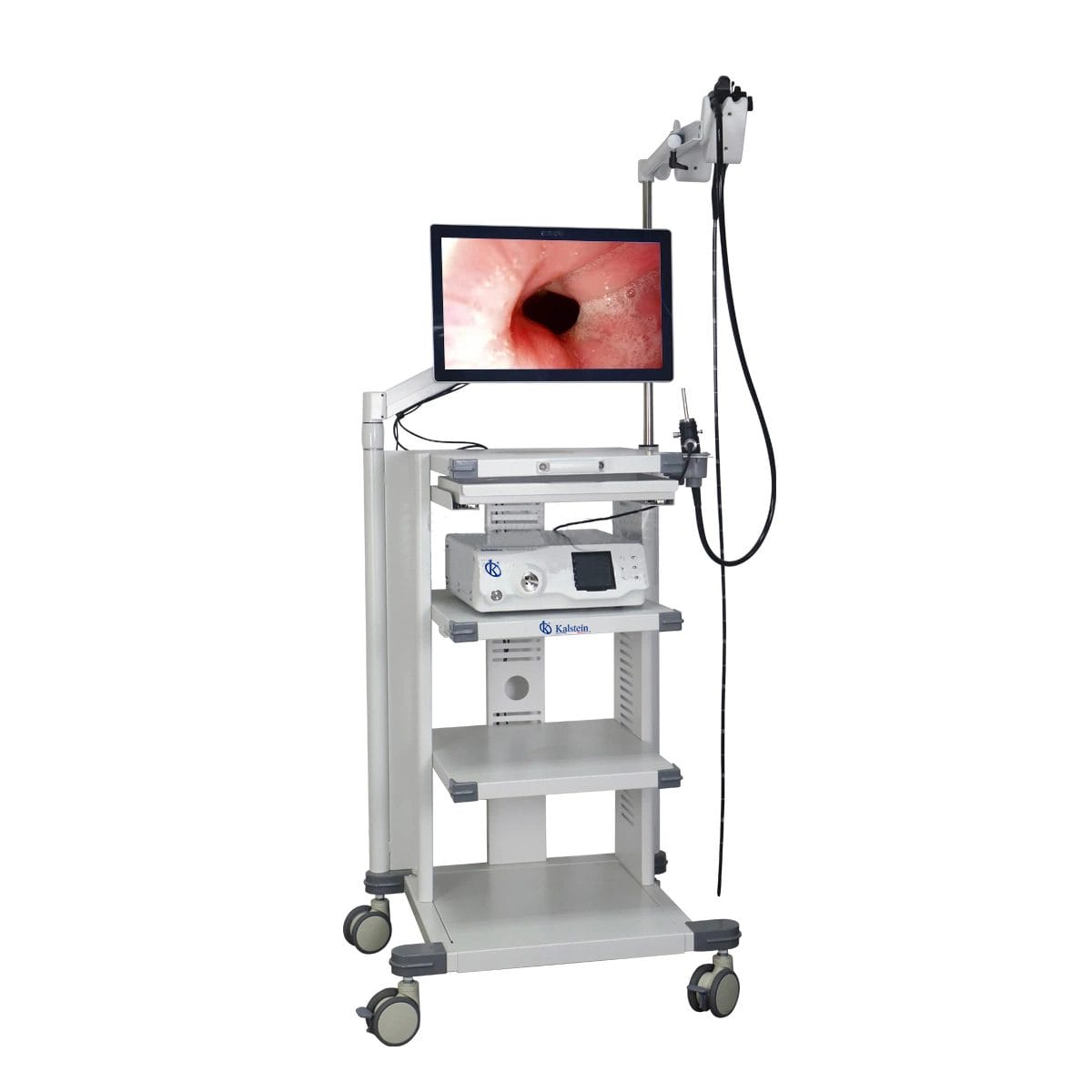The word homogenize refers to the ability to make a mixture homogeneous, the latter referring to uniformity. This is usually related to the use of chemicals, which are mixed through physical means, until it results in a uniform solution. Homogenization is a technique that is used in many fields, from biology, agriculture and chemistry, to gastronomy, to name a few disciplines, however, are many more.
The term homogenization, used in many fields of science, refers to the process through which a mixture is achieved to have the same properties, i.e., to be uniform and not divided by phases, unlike heterogeneous mixtures. The advantage of homogenizing substances is that it is easier to study the components of the mixture and, in the case of the food industry, provides an increase in quality to the final product.
Homogenization: what does it apply to samples for?
In the food industry it is a necessary technique because it increases the attractiveness and quality of products. During food processing, homogenization is used to obtain results such as: avoiding sedimentation in dairy products or cream forming on the surface; increasing flavor, viscosity and texture in juices or creams; improving texture and sensation in soy beverages; and preventing yogurt from forming a layer of whey.
Generally, for most consumers, a uniform product with good texture is much more attractive to the eye. During the process of making the products, homogenization breaks down the fat particles and globules present in the food, to make the result a softer and in some cases, more viscous food. Homogenization is also applied to products such as ice cream, through this technique the viscosity of the ice cream and its creaminess is increased, making it a sweet attraction for many people.
In laboratories in the fields of science, such as biology, homogenization is used to disintegrate tissues of the cell and produce cell lysis, making it easier to study internal components, i.e. organelles, without damage. In chemistry laboratories it can be used for faster mixing or emulsion optimization.
Homogenizers
In any laboratory where it is necessary to perform the homogenization technique, it is essential to have a equipment called homogenizer. There are many types of equipment that fulfill the function of homogenizing and their characteristics depend on the discipline in which they are to be used and what you want to process, be it food, fabrics or plants. One of the most common and oldest equipment is mortar with mallet, other more modern are blenders, blade grinders, conventional homogenizers and ultrasonic, the latter for more specific treatments.
Current homogenizers are based on the use of an electric motor connected to a piece of rubber, where the flask with the sample is placed. When the rubber is pressed, the engine is activated causing a circular, fast and constant movement that generates the formation of a vortex in the sample, this allows homogenization of the same. All homogenizers must come with configuration buttons to manipulate their functions and also, they must have two types of operation, continuous without pressure, and impulse operation, activated only when the rubber part is pressed.
Homogenizers brand Kalstein
In Kalstein we have conventional and ultrasonic homogenizers, indispensable in any laboratory where the application of homogenization techniques is necessary. Our equipment is characterized by having the latest technology and being of high quality, we can assure you this with all confidence, since we are the MANUFACTURERS of each of them. In addition, when you make your PURCHASE you will realize that we handle the best PRICES in the whole market. If you are interested in purchasing a homogenizer with us, our conventional equipment model YR is characterized by:
- Very compact and simple to operate.
- Digital display of temperature and speed, heating temperature: Rt-380 degrees and mixing speed: 100-1800 RPM.
- Heat and corrosion resistant aluminum alloy housing for durability.
To view our homogenizers catalog go to HERE To know more about us and to know our other equipment, go to HERE



